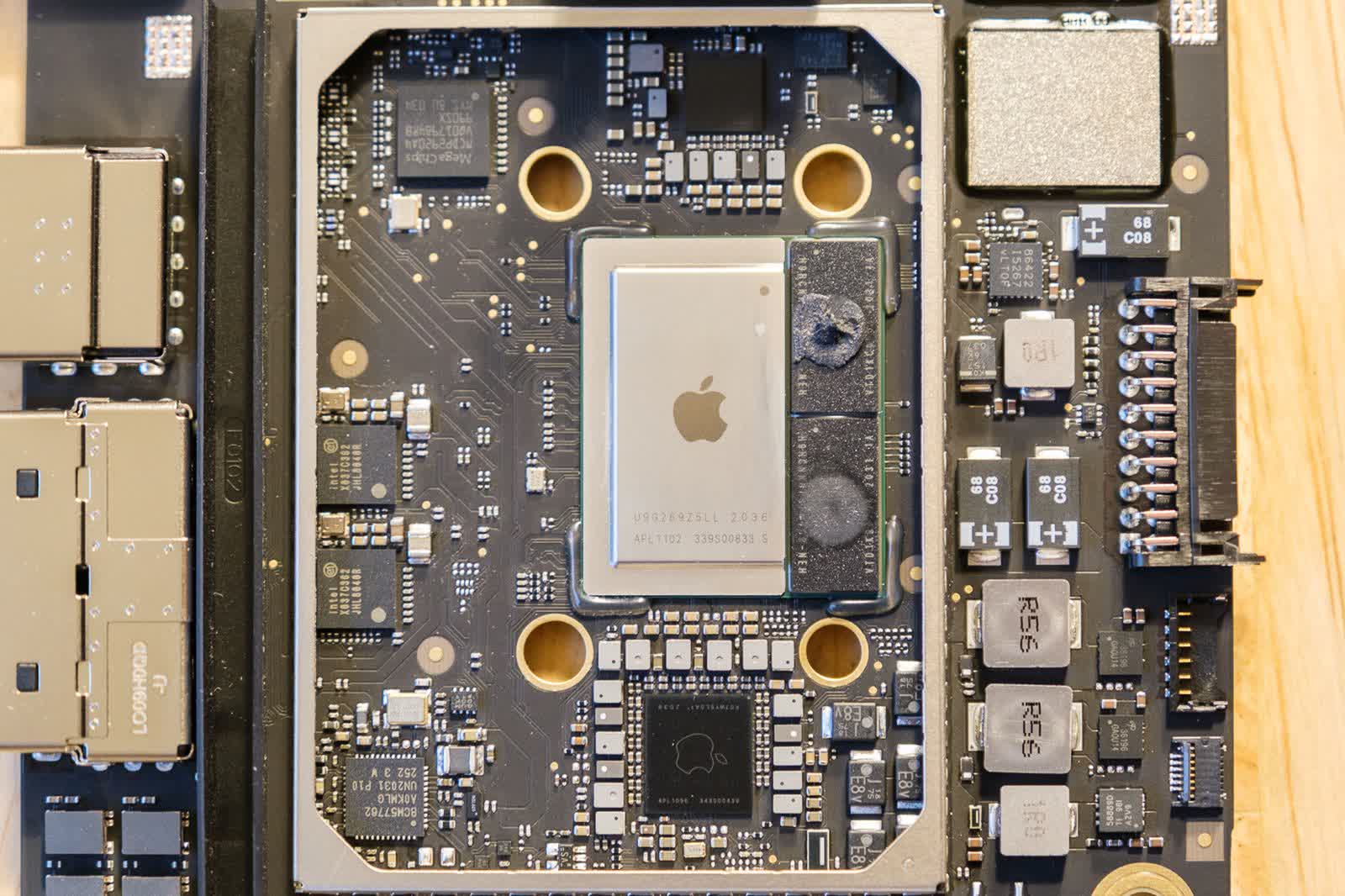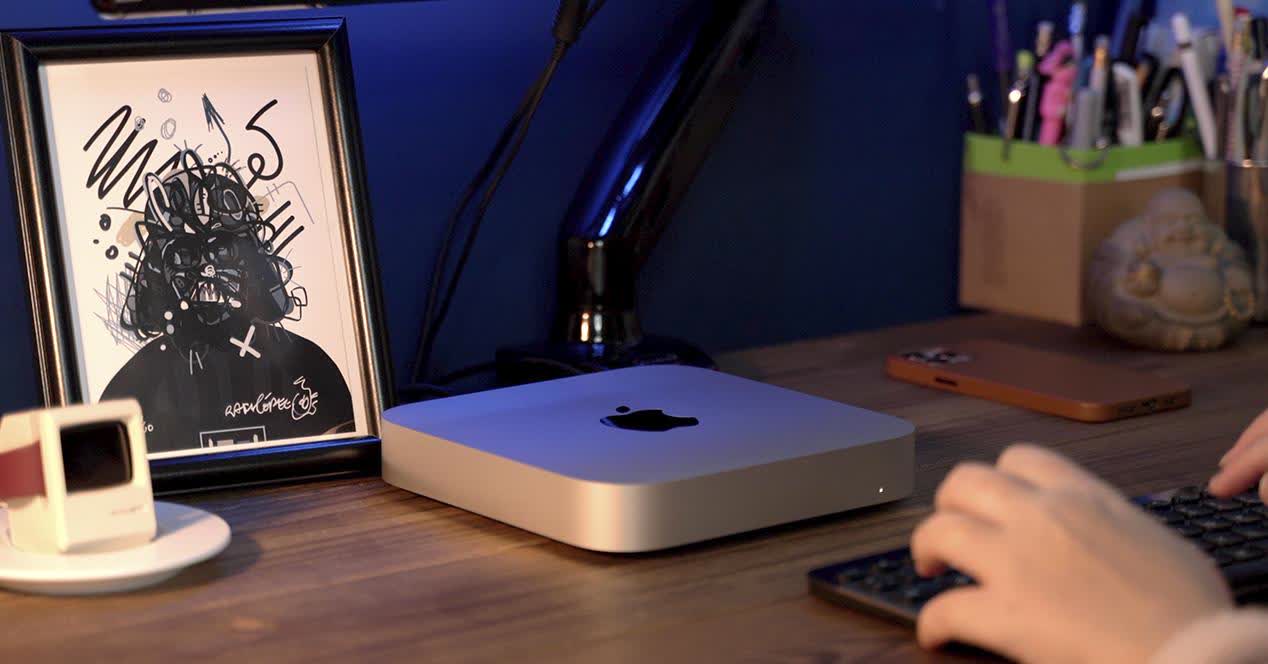[ad_1]
The big picture: It shouldn’t be all that surprising that an SoC powering a fanless MacBook Air is more energy efficient than an Intel 8th-gen Core i7 CPU rated at a TDP of 65 watts, which does need a fan to keep cool. But even as Apple’s own power consumption figures exceed those observed by reviewers, they make Intel look particularly bad when you consider the superior performance of Apple Silicon.
When Apple revealed the first line of M1-powered devices, it made a number of claims about the performance and energy efficiency of these systems when compared to Intel-powered counterparts. And at least according to reviewers and early adopters, these machines live up to the company’s promises, even if they’re admittedly not for everyone yet.
One of the reasons Apple is leaving Intel behind is that the latter has been slow to come up with x86 processors that deliver better efficiency. Between that and an erratic schedule release schedule, Apple embarked on the decision to unify the architecture that powers its iPhone, iPad, and Mac lineups, allowing it to break free of Intel when it comes to designing its products.

This has led to a MacBook Air that is fanless and stays relatively cool when in use, while keeping the same performance and lasting longer on a battery charge when compared to its predecessor. Until now, the Cupertino company has been relatively vague about the power consumption of M1 silicon, only showing charts that illustrate improved better performance per watt versus an Intel CPU of the same performance class and how that contributes to better battery life.
Anandtech found in its analysis that power consumption for the Mac mini M1 averaged 26.5 watts at the wall, assuming a multi-threaded workload. Idle power consumption was measured at just over four watts for the entire device, which is definitely good for what is supposed to be an entry-level desktop. After performing various tests, the publication estimated the M1 chip itself could have a TDP of around 20 to 24 watts.
It turns out that figure is a slight underestimation, as Apple has now published the power consumption and thermal output numbers for the new Mac mini with 16 GB of RAM and a 2 TB SSD. Idle power consumption is rated at 6.8 watts, with a maximum of 39 watts under full load. These were also measured at the wall, factoring in all components such as the motherboard, storage controller, NAND chips, and power supply losses.

To put that into perspective, the 2018 Mac mini that sports an 8th-gen 6-core Intel Core i7-8700B CPU (Coffee Lake) sips around 20 watts at idle, and a whopping 122 watts during full load. That is three times the power consumption and three times the heat output when compared to the M1 SoC, even though it doesn’t match it in terms of CPU nor integrated graphics performance.
Interestingly, the M1-based Mac Mini under full load needs only slightly more power than the 2005 Mac Mini equipped with a PowerPC G4 at idle.
Intel has promised to do better in the coming years and restore its former glory with improved x86 chips, even as Apple will have moved entirely to its own silicon by then. In the meantime, AMD is reportedly working on an Arm-based chip to rival Apple’s M1 in the PC space, as are Microsoft and Qualcomm.
Image credit: The Verge, El Output
[ad_2]
Source link